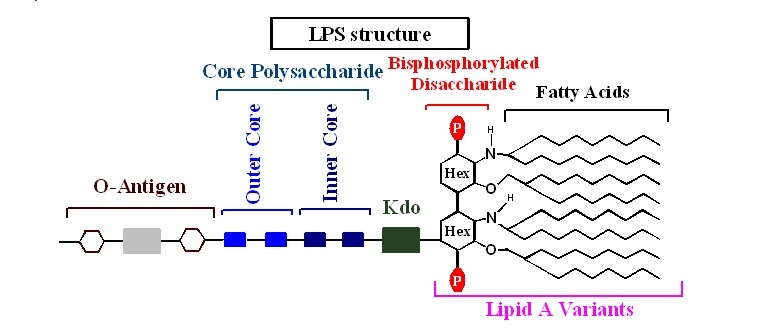(Group Leader)
Dr Mazhar Iqbal T.I.,
Dy. Chief Scientist
Team Members:
One of the major domains of this research group is the designing, synthesis and biological screening/evaluations of biologically important agents especially against microbial and viral diseases. In this connection, organic small molecule analogs based around two scaffolds,Thiazolides and Benzothiazolides are in focus. Both of these classes of small organic compounds are being pursued aiming at inhibiting viruses with particular emphasis on HCV genotype-3, the widely prevalent genotype in Pakistan and recent outbreak of COVID-19. Development of modern catalytic methodologies to assist the synthesis of more challenging biologically active analogs is also part of the program. This includes methodology development for C-5 arylation of 2-aminothiazole ring as well as directed C-H activation in aromatic amides. In the quest for antimicrobial and antiviral compounds, drug discovery research work is also actively involved in isolation, characterization, and evaluation of several natural secondary metabolites. Antiviral and anticancer potentials of the molecules from both natural and synthetic origins are evaluated in our cell culture facility on isolated viruses and cancer cell lines.

On Structural Biologyfront, the group is interested in employing structural biology techniques such as X-ray crystallography, circular dichroism (CD) spectroscopy, and Fourier-transform infra-red spectroscopy for understanding structure-function relationships of proteins relevant to human and veterinary diseases. The ultimate goal is to generate knowledge by uncovering the molecular basis of drug resistance and virulence of pathogens, and to utilize this knowledge for devising novel preventive and therapeutic strategies.

Our research also includes structural elucidation of the toxins like lipopolysaccharide and O-antigens associated with Gram-negative bacteria and other microorganisms using the hi-tech mass spectrometry set up at our laboratories.

Another area of interest is the analytical and management studies on mycotoxins that are hazardous to health as well as a major contributor to cause great economic losses in agricultural commodities worldwide.
Enteric Pathogens subgroup is involved in molecular detection and characterization of bacterial pathogens for preparation and evaluation of diagnostic tests, antigens and vaccine candidates against bacterial pathogens. The research encompasses bacterial infections both in humans (Salmonella enterica serovar Typhi, E. coli, Pseudomonas aeruginosa, Staphylococcus) as well as in animals(Salmonella enterica poultry serovars including Typhimurium, Enteritidis, Infantis and Gallinarum, E. coli) in collaboration with several national and international laboratories.
Research interests:
- Preparation and evaluation of whole-cell, attenuated, conjugate and subunit vaccine candidates.
- Organic synthesis of potential antiviral and anti-cancer agents.
- Isolation and characterization of natural products.
- Evaluation of compounds against cancer cell lines, viruses and other microbial pathogens.
- Catalytic methodology development for challenging syntheses of bioactive molecules.
- Drug target identification.
- Structure and function studies of membrane and viral proteins as drug and vaccine targets.
- Structure-function studies of multidrug efflux transporters.
- Enzyme inhibition studies ofproteases and cytochrome P450 enzymes.
- Mycotoxin detection, control measures and degradation studies in cereals and animal feed samples.
- Structural studies of bacterial lipopolysaccharides.
- Culturing of pathogenic viruses.
- Isolation, identification and characterization of bacterial pathogens.
- Phenotypic and genotypic drug resistance and virulence profiling of bacterial pathogens.
- Purification of outer membrane proteins and polysaccharide/diagnostic antigens from bacterial cultures to develop vaccine candidates.
- Biofilm and adhesion assays of bacteria on human and animal cell lines.
Salient facilities:
- Liquid chromatography – Mass Spectrometer (LCMS/MS)
- Gas Chromatograph – Mass Spectrometer (GCMS/MS)
- Biosafety Level-3 (BSL-3) Laboratory
- Cell Culture Facility
- Organic Synthesis Laboratory
- Multimode FluorescenceSpectrophotometer
- Enzyme Linked ImmunosorbentAssay (ELISA)
- Culture collection facility for bacteria, viruses and fungi
-
Support:
- International Centre for Genetic Engineering and Biotechnology (ICGEB), Trieste, Italy
- International Atomic Energy Agency (IAEA)
- Higher Education Commission (HEC), Pakistan
- Pakistan Science Foundation (PSF)
- Pakistan Agricultural Research Council (PARC)
- Endowment Fund Secretariat (EFS), University of Agriculture, Faisalabad
Services:
- Analysis of mycotoxins in food and feed materials
- Analysis of organic and biomolecules such as drugs, metabolites, lipopolysaccharides, proteins etc
- Synthesis of drugs and linkers/ligands for nanomedicine
- Expression and purification of proteins
- PCR based diagnosis of human typhoid
- Antimicrobial activity